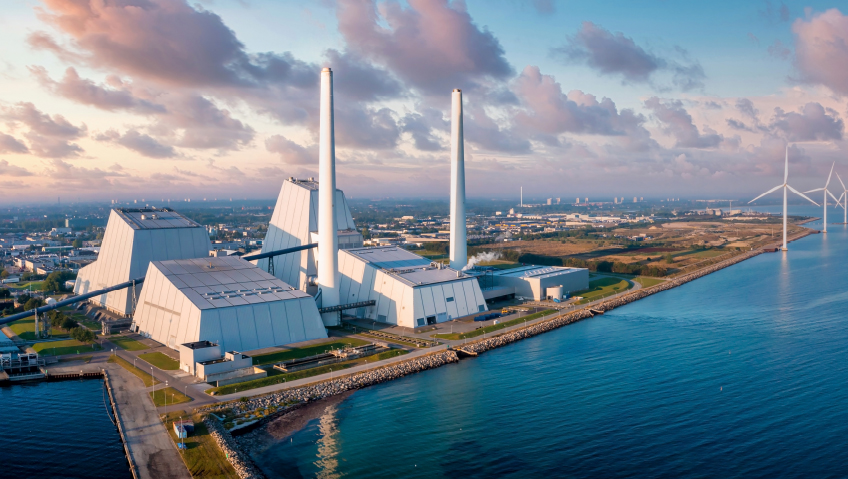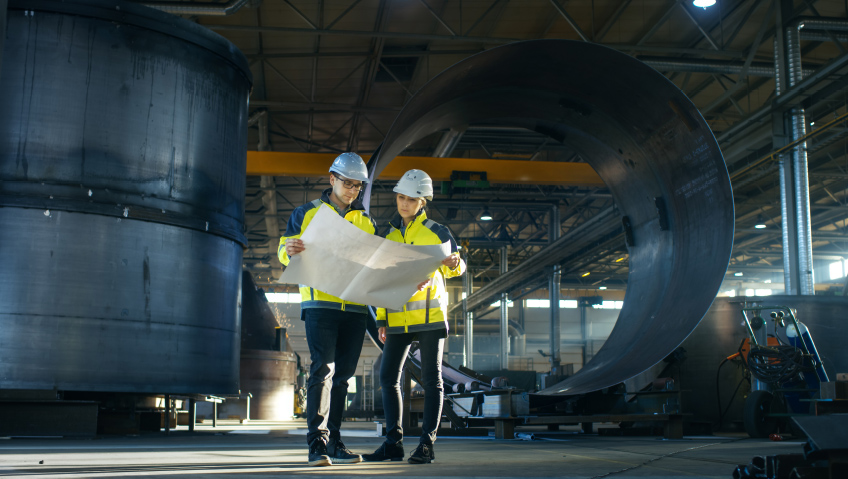Who doesn’t want to see the local economy come back stronger than ever post-pandemic?
The business talk these days from the production floor up to the corner offices is all about re-thinking the costs of manufacturing goods at home – and looking at the long-term gains of reshoring.
It’s not a new conversation, but the global shakeup brought on by Covid-19 lockdowns, labour shortages, customs and trucking roadblocks has pushed it to the forefront. Ten years ago, North American manufacturers were starting to get impatient with production in Asia. Labour costs were on the rise in China, time-zone and language barriers were challenging, along with the cost and time of transport and shipping.
A Gartner survey of global supply chain leaders in February and March 2020 revealed that 33 percent either had moved manufacturing and sourcing out of China or planned to in the next two to three years.
Companies across the board recognized that production closer to customers would give them an edge by being more responsive to customer needs.
“By being closer to the center of demand, you can be more responsive. You can sell products quicker. And if there are shifts in consumer demand, then a company is able to adapt faster,” Sam Roscoe, senior lecturer in operations management at the University of Sussex Business School, told Raconteur business magazine.
“This idea of being closer to the point of consumption also means you can quickly scale production down until demand picks up and you’re also saving a significant amount of money by not needing additional warehouse space. This will bring down your overall costs,” Roscoe says.
Covid-19 has been an unprecedented time for consumers who for a long stretch couldn’t find necessities like toilet paper or Tylenol on store shelves. Manufacturers here at home and around the globe have felt the impact and the near-panic of what happens next.
China’s factories came to a halt in early 2020, followed by other low-cost manufacturing bases like India and then Latin America. Supply chains for computer chips (that power just about everything, including the smart phone owned by you and 83 percent of the world population) and critical components of vehicle engines and pharmaceuticals, for example, forced businesses to look at how to be more resilient.
How can you navigate the tangled logistics of supply to meet demand?
Consider the automotive industry. Vehicle sales plummeted during lockdown and when factories and dealerships reopened, the problem was supply hit by delays of deliveries of raw materials, parts and completed products.
Automotive research firms expect global new car sales to drop 20 percent. A CNN report found that as of May 2022, new vehicle inventory remains below a million units for the twelfth month in a row.
The question for manufacturers in today’s market isn’t whether they can afford to reshore supply and, in many cases, operations. It’s whether they can afford not to.
On that note, big players are building new facilities and creating jobs to boost reshoring, as the New York Times reports:
General Motors announced in December 2021 that it is considering spending $4 billion to expand its production of electric vehicles and batteries in Michigan. Toyota revealed plans to build a $1.3 billion battery plant in North Carolina. And Samsung is building a $17 billion semiconductor plant in Texas, its largest-ever investment in the U.S.
A report by the Reshoring Institute found that in 2021 in the U.S., the private and federal push for the domestic supply of essential goods prompted reshoring to add 261,000 manufacturing jobs. The total number of reshored jobs announced since 2010 is now 1.3 million. And the number of companies reporting new reshoring set a new record of more than 1,800 companies.
That accounts for a lot of bacon earned and fuelling the economy here at home.
Invesco’s chief global market strategist Kristina Hooper says some of the factors contributing to supply chain issues, such as the labour shortage, will be worked out sooner than others. But the problem may have longer-lasting effects on some sectors, according to NBC News.
Hooper says that rising cost will heavily impact low-margin companies in transportation, general retail, construction and autos. Companies that should be least affected are those with wide profit margins, limited raw material costs and small workforces. Growth sectors like tech and healthcare stand to benefit.
“Financials may be the standouts in this environment, especially as these companies would welcome higher yields,” she adds. “Another differentiating factor may be how much investment companies have made in technology to increase productivity.”
Investment in automation and technology is a recurring theme when it comes to successful reshoring. The innovation is going from lab to market faster than ever.
As NYU Stern School of Business professor and digital transformation researcher Arun Sundararajan tells CB Insights, “Crisis can be a catalyst or can speed up changes that are on the way — it almost can serve as an accelerant.”
The result?
Some industries are deploying digital technology and co-bots to replace factory manpower hours, which also helps address labour costs and shortages.
Rolls-Royce, for one, is trialling 3D-printing technology to make engine parts.
Supply chain automation startup Fetch Robotics, that provides autonomous mobile robots to warehouses, saw a 63 percent increase in requests from February to March 2020. The company was bought in July 2021 by Zebra Technologies, an automatic identification and data capture products manufacturer.
And when it comes to automated food production, Picnic Works has cemented a deal with Speedy Eats, an automated restaurant, to integrate Picnic’s automated pizza technology into Speedy Eats’ automated drive-thru kitchens. The firms are working to launch 5,000 Picnic Pizza Stations in the U.S. over the next five years. Look for them in grocery stores, hotels, college campuses and other venues.
Not every company is going to reshore everything but there is a move to develop more resilience and flexibility in supply chains. No doubt, though, increasingly more companies are going to look at having a component of manufacturing based at home.
Globalization worked in calmer days, but now the business environment is in flux. There’s the U.S.-China trade tension, which has driven up costs in tariffs on materials like aluminium and steel. There are more frequent natural disasters. There’s a push to reduce the carbon footprint of manufacturing and transportation, and the consumer demand for sustainability and transparency on where and how products are made. The question of ‘where?’ has become a lot more complex, and the case for ‘here’ is becoming more and more compelling.
As Hamdi Ulukaya, Turkish activist and founder of Chobani yogurt sees it, “Unlike the objective of far too many companies, manufacturing is not about a quick exit. It is centered on long-term value creation.”






